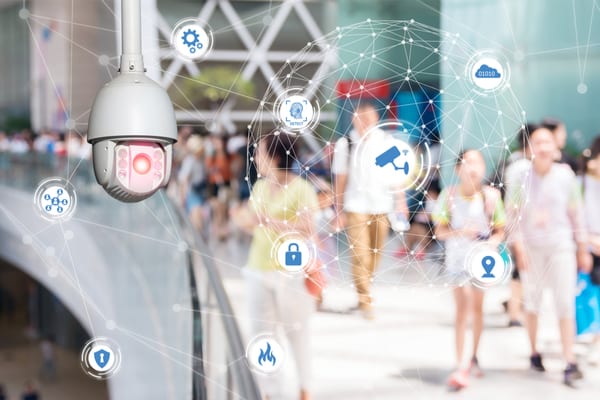Did you know that roughly 18% of adults have non-mobile smart cameras? And the experts are predicting that number is about to increase dramatically, as over the next four years, the average American will have at least 12 smart camera devices in their lives.
This goes beyond that high quality camera in your smart phone, because until recently, cameras have been just that: simple cameras, eyes without a brain. Their sole purpose has been really just to output images. What makes a camera “smart” is its ability to understand and interpret images or videos, and to take action with that information. A smart camera can send event alerts, track objects, and intelligently search through volumes of visual data. In order to achieve such capabilities, the CPU or GPU inside the camera must constantly receive video and process it simultaneously — to understand it. When a camera has the ability to take action, to send alerts, or convey information or metadata in a meaningful way to the user, this is called actionable intelligence. It’s these “smart cameras” that have quickly become the “eyes of the modern world.”
Smart cameras equip today’s cars and machines, and real-time imaging capabilities support law enforcement, businesses, and homeowners. The cameras can actually create networks, like that Ring camera on someone’s front door connecting with someone’s car or phone so that everyone else in the neighborhood can see what’s going on. As part of that, we expect people to increasingly put cameras inside their homes, especially as existing smart speakers (“Alexa…”) add cameras. So your smart home will have both ears and eyes.
Smart cameras will also enable cashierless retail, seamless facial recognition security (say for going to the ATM), and at-home medical diagnoses. These cameras can be “trained,” as a database of “learned faces” is uploaded, the camera’s software can even recognize an individual as a son, daughter, or spouse. These devices enable “smart cars” to find pedestrians, by understanding the background of a scene and then “looking” for changes, or objects in motion.
Smart cameras are just exploding, as people increasingly see them as a way to not only interact but also control their own security.
—
Photo Credit: Zapp2Photo / Shutterstock.com
